6.4 /10 1 Votes
Directed by Kimiyoshi Yasuda Screenplay by Tetsurô Yoshida Initial release 1968 Film series Yokai Monsters | 6.4/10 IMDb Produced by Yamato Yashiro Cinematography Yasukazu Takemura Director Kimiyoshi Yasuda Editor Kanji Suganuma | |||||||||||||||||||||||||||||||||
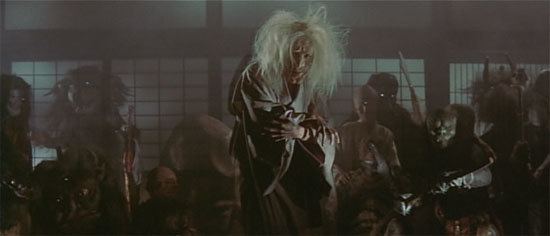 | ||||||||||||||||||||||||||||||||||
Starring Shinobu Araki
Jun Fujimaki
Ryûtarô Gomi
Shozo Hayashiya Music by Michiaki Watanabe (as Chemei Watanabe) Cast Jun Fujimaki, Jun Hamamura, Takashi Kanda, Shinobu Araki, Ryutaro Gomi Similar Daimajin, Yokai Monsters: Spook W, The Great Yokai War, The Penguin Parade, Gamera vs Viras | ||||||||||||||||||||||||||||||||||
Yokai Monsters: One Hundred Monsters (Japanese: 妖怪百物語 Hepburn Yōkai Hyaku Monogatari, lit. "One Hundred Yōkai Tales") is a Japanese horror/fantasy film directed by Kimiyoshi Yasuda. It is the first in a trilogy of films produced in the late 1960s, which focus around Japanese monsters known collectively as Yōkai.
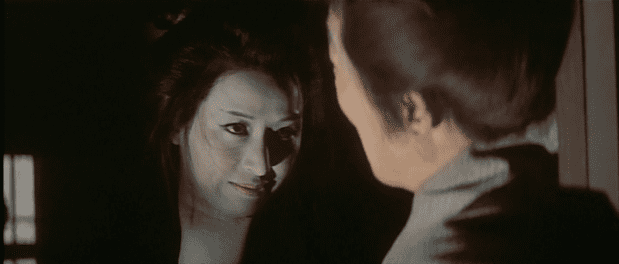
The series consists of three films, all released between the years 1968-1969:
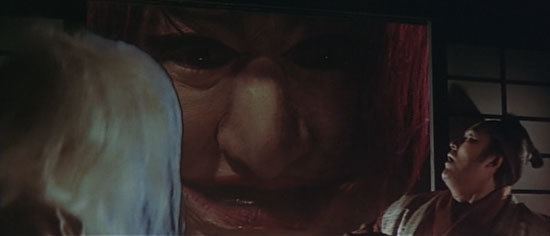
The films, produced by Daiei Motion Picture Company, all make extensive use of practical special effects known as tokusatsu. Rather than using stop motion, the films largely made use of actors in costumes and puppetry. In some scenes, there are even examples of traditional animation.
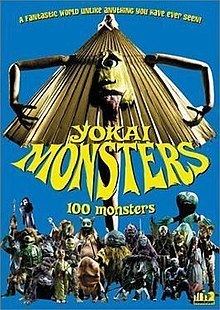
Notably darker in tone than its more famous sequel, Yokai Monsters: One Hundred Monsters focuses much more on a traditional story about Samurai than it does on its titular monsters. While the monsters do appear throughout the film, they are relegated to antagonistic spook roles, more akin to their appearances in traditional Kaidan.
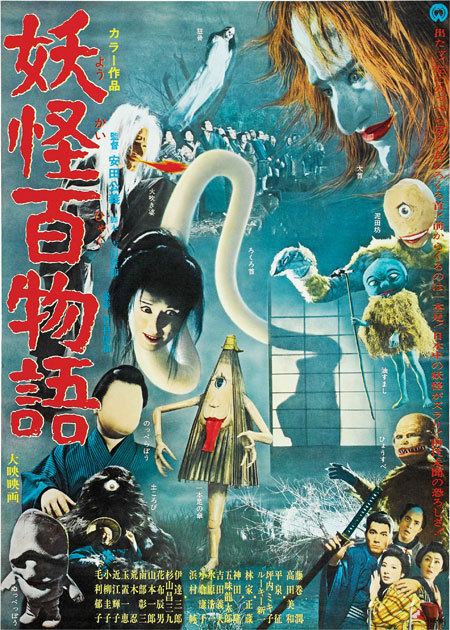
Influence and legacy
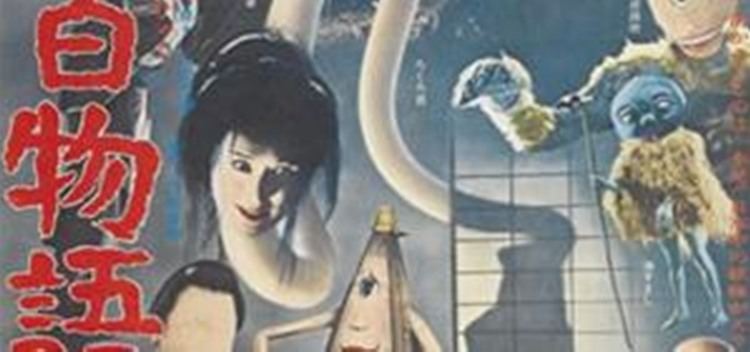
Though perhaps not as well remembered as its sequel, Yokai Monsters: Spook Warfare, the film was nonetheless notable for its production features. Many of the props and costumes used were featured in the more famous sequel, and are remembered as some of the more faithful realisations of classic Yōkai renderings. In particular, the puppet used to represent the Kasa-Obake in both films has become one of the most recognised images of Yōkai.
